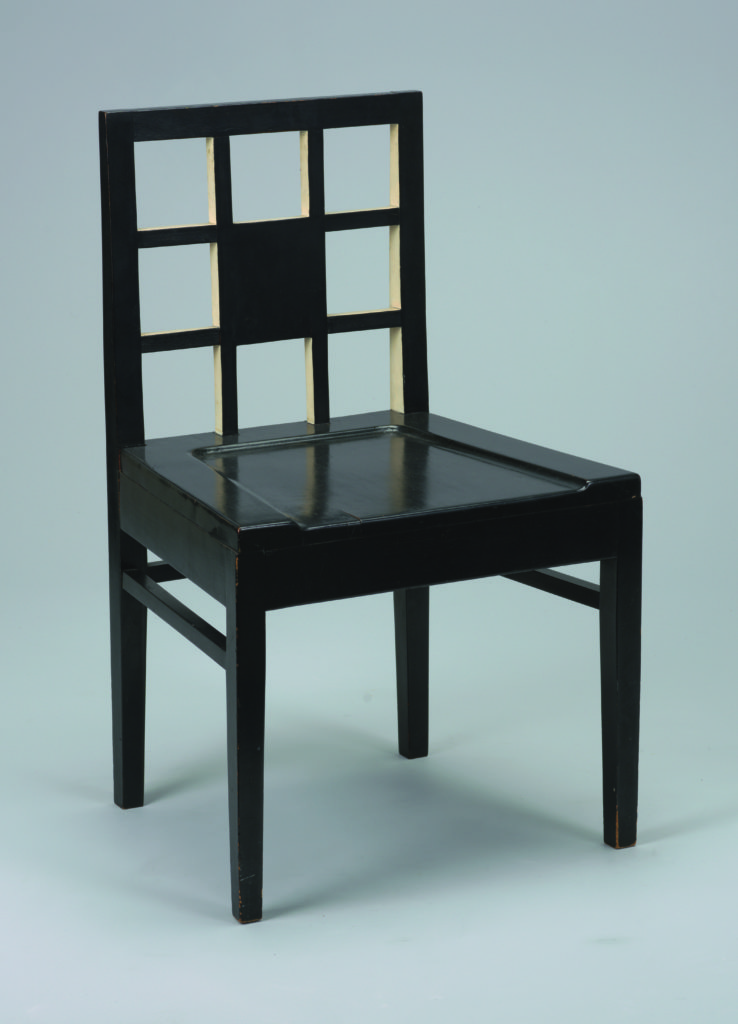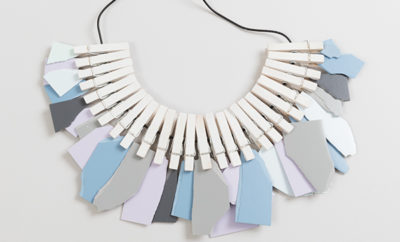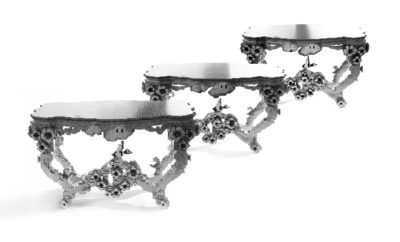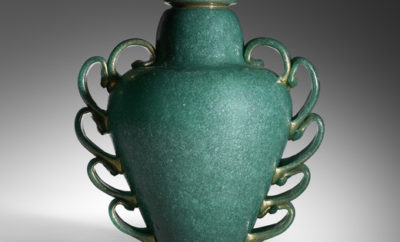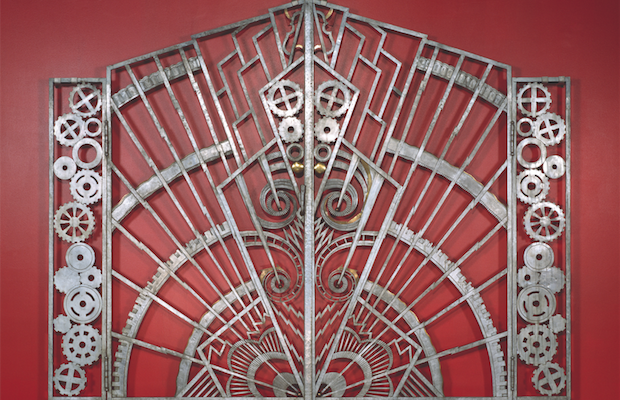 Cooper Hewitt, Smithsonian Design Museum, Goft of Marcy Chanin/ Dennis Cowley Photo/ © Smithsonian Institution
Cooper Hewitt, Smithsonian Design Museum, Goft of Marcy Chanin/ Dennis Cowley Photo/ © Smithsonian Institution
Exhibition
The Modern Interior in the Jazz Age
THE EXHIBITION The Jazz Age: American Style in the 1920s, on view at the Cleveland Museum of Art from September 30 until January 14, 2018 (after its debut earlier this year at Cooper Hewitt, Smithsonian Design Museum), reminds us of the many ways the modern movement transformed the spaces of everyday life—beauty salons, shops, theaters, hotels, restaurants, offices, and the more intimate spaces of the home. Textiles, furniture, lighting, and decorative accents took on fresh angles, colors, and silhouettes that tempted with promises of luxury, glamour, speed, and other diversions from reality.
Retail displays, advertisements, exhibitions, and articles educated and advised consumers on how these new objects could add both beauty and usefulness to spaces at home, work, and leisure. Interior decorators, stylists, designers, and artists guided homemakers, architects, and manufacturers to achieve successful integration or transformation in the modern mode. In the 1920s interior decoration was a newly developed profession for women, among them the Chicago-based Rue Winterbotham Carpenter, who became one of the most forward-thinking American figures in the field. She oversaw the evolution of important public and private interiors including the Casino Club, the Fortnightly of Chicago, the Arts Club, and the Auditorium Theatre, all in Chicago, as well as the Double Six Club in the Waldorf-Astoria and Elizabeth Arden’s salon in New York.
Carpenter’s career fused the worlds of design and music. Her husband, John Alden Carpenter, was one of the first composers to use jazz rhythms in orchestral music, and his ballet “Skyscrapers” was performed in both New York and Munich. The couple was active in social circles with Gerald and Sara Murphy and Igor Stravinsky. Rue was president of the Arts Club in Chicago and responsible for opening Chicagoans’ eyes to the work of Brancusi, Braque, Picasso, and more. The author Stephen Longstreet recalled that she was “avant-garde when the word was unknown in Chicago.” In an article in Vogue in 1930, Carpenter wrote of how the process of devising an interior scheme paralleled that of her husband’s work in musical composition: “Just as the composer may feel a significance in certain chance rhythms and combinations of sound, so the decorator may find his starting-point in the colour of a flower on a vase or in a figure in a carpet, and the whole colour structure of the room then becomes a logical development of the original scheme, with perhaps a secondary related theme for variety with its own characteristic development, all these elements firmly fused into an organic whole.”


